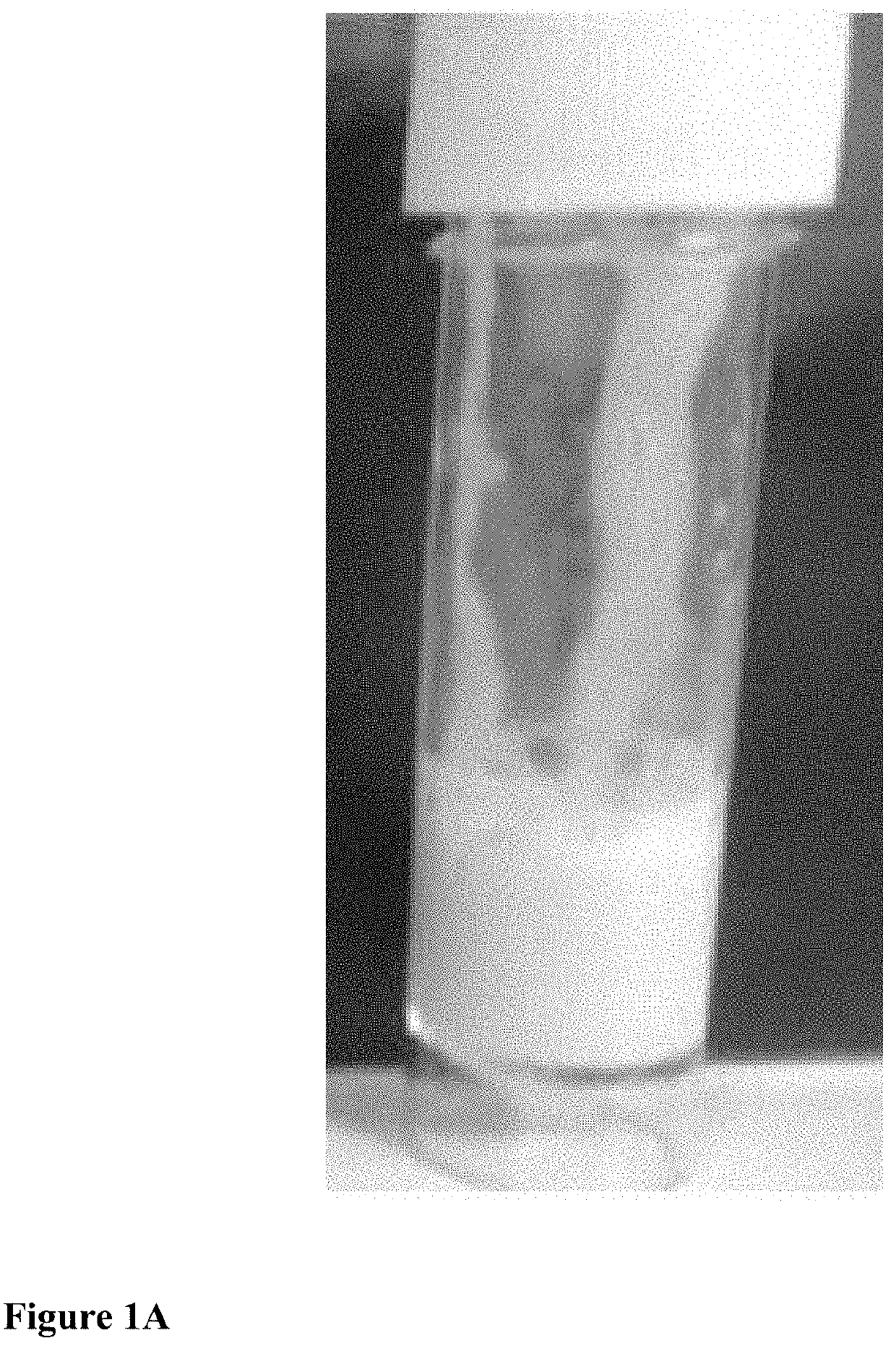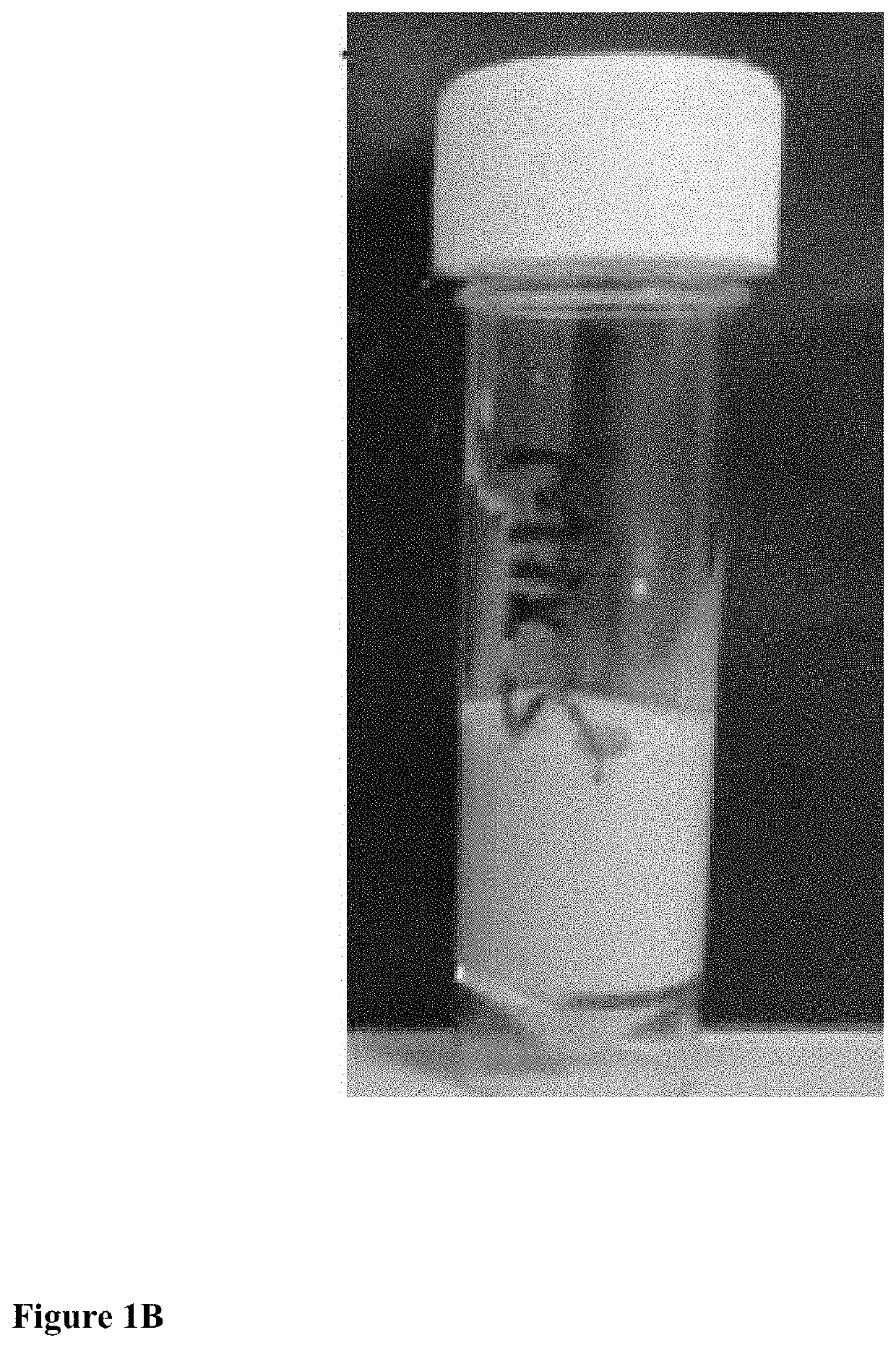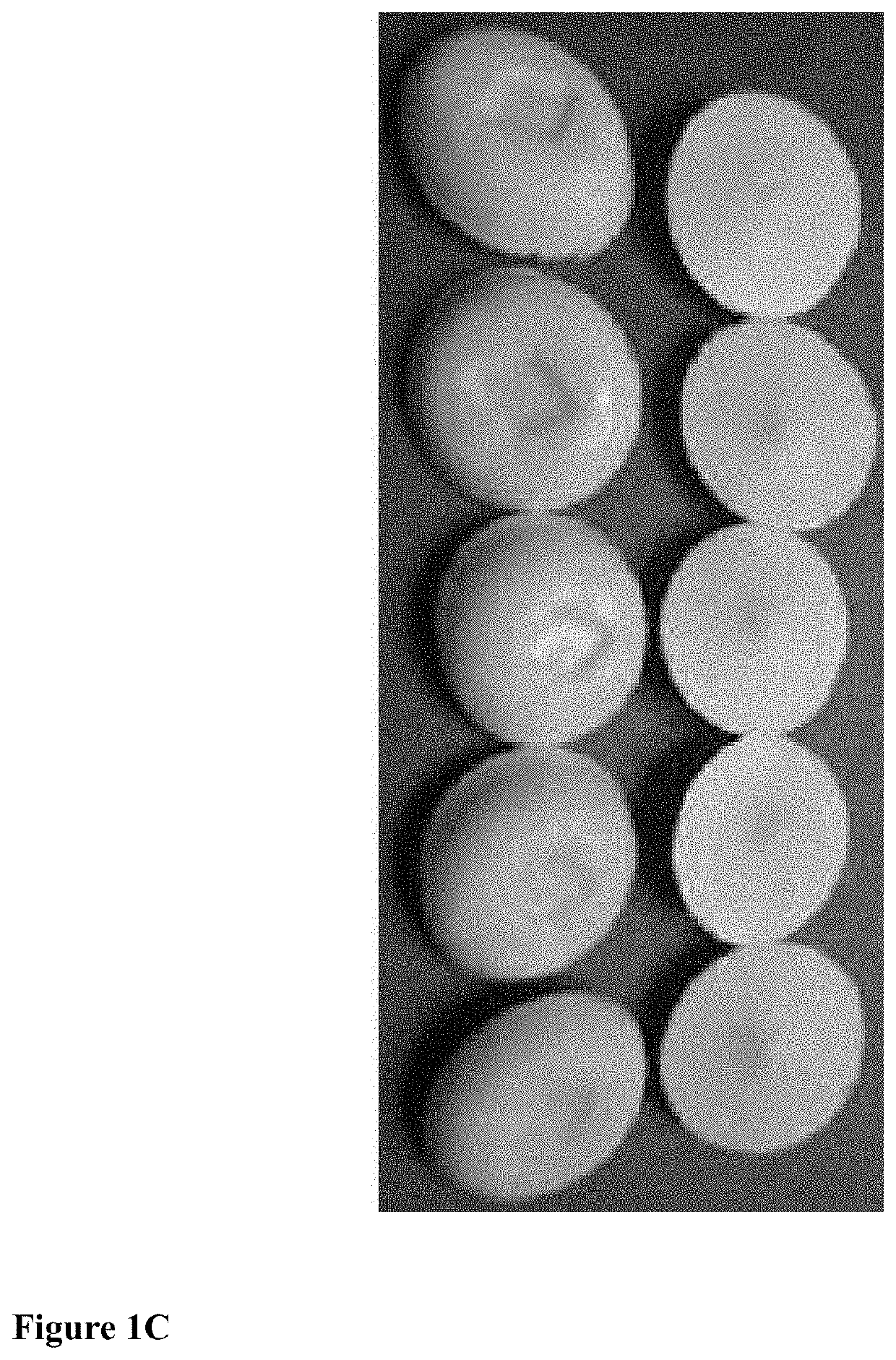Process for Manufacturing Stable Epinephrine
a manufacturing process and stable technology, applied in the direction of granular delivery, organic active ingredients, pill delivery, etc., can solve the problems of acidic solutions, irritating, and adding significantly to the cost of the product, and mildly acidic ph epinephrine is notoriously vulnerable to oxidative degradation
- Summary
- Abstract
- Description
- Claims
- Application Information
AI Technical Summary
Benefits of technology
Problems solved by technology
Method used
Image
Examples
example 1
[0022]To test the effect of increased acidity on epinephrine stability, I had prepared epinephrine dissolved in aqueous solvent to make a solution containing 3.33% (w / w) epinephrine in solution, with the pH adjusted to pH 6 for some of my samples and pH 5 for my other samples. I number these samples / 1A and / 2A respectively. I had my samples assayed when made, and again after one month storage under normal storage conditions and in accelerated condition, and again after two months storage under normal and accelerated conditions. Results for normal storage conditions are show in Table 1.
TABLE 125° C. / 60% RH ResultsEpinephrine in SolutionMonths012Epinephrine Assay (% label claim) / 1A95.996.296.8 / 2A100.098.099.2Sodium Metabisulfite (% label claim) / 1A50.442.045.0 / 2A19.713.315.4Epinephrine sulfonate (% NPA) / 1A4.465.917.75 / 2A1.511.322.00Limit151515Total Unknown Impurities (% NPA) / 1A0.17ND0.14 / 2A0.120.540.18Limit111Total Impurities (% NPA) / 1A4.635.917.89 / 2A1.631.862.18Limit161616
[0023]The d...
example 2
[0027]In Example 2, no acid / base is added, thus providing a mixture with a pH of about 7. In contrast to Example 1, which employed acidic pH and thus produced true solutions of epinephrine dissolved in solvent, Example 2 uses a neutral pH. The epinephrine thus does not dissolve. Rather, it remains in solid state, suspended (not dissolved) in the solvent system. Sample number / 1 used 3.33% (w / w) epinephrine (as used in Example 1). Sample number / 2 used 13.33% (w / w) epinephrine. I designate these samples as sample numbers / 1 and / 2, and provide the formulae for each in Table 3.
TABLE 3Sample Number / 1 / 2Material% w / wmg% w / wmgPurified water87.32%130.9878.22%117.33Gelatin (EP / USP / JP)4.80%7.204.30%6.45(Fish HMW)Mannitol (EP / USP)3.84%5.763.44%5.16Sodium metabisulfite0.30%0.450.30%0.45(Ph Eur)Disodium EDTA (Ph Eur)0.05%0.080.05%0.08Epinephrine3.33%5.0013.33%20.00Sucralose micronized NF0.35%0.530.35%0.53NaOH0.00%0.000.00%0.00Total100.00%150.00100.00%150.00
[0028]Sample numbers / 1 and / 2 were not ...
example 3
[0033]In Example 3, I used the same general formula as in Example 2, but specified adding sodium hydroxide to increase the pH of the suspension to 8.5. As with Example 2, I compared 3.33% and 13.33% (w / w) epinephrine. I provide the formulae for Sample numbers / 3 and / 4 in Table 7.
TABLE 7Sample Number / 3 / 4Material% w / wmg% w / wmgPurified water84.75%127.1375.71%113.56Gelatin (EP / USP / JP)4.80%7.204.30%6.45(Fish HMW)Mannitol (EP / USP)3.84%5.763.44%5.16Sodium metabisulfite0.30%0.450.30%0.45(Ph Eur)Disodium EDTA (Ph Eur)0.05%0.080.05%0.08Epinephrine3.33%5.0013.33%20.00Sucralose micronized NF0.35%0.530.35%0.53NaOH2.57%3.852.51%3.77Total100.00%150.00100.00%150.00
[0034]Sample numbers / 3 and / 4 were basic pH. I thus had these samples assayed to determine whether the epinephrine dissolved into solution and if so, by what amount. I provide these data in Table 8.
TABLE 8Epinephrine at pH 8.5 Remains In Solid StateSuspension Assay Testing% ofMinimum StoppageEpinephrine(Min 30)TheoreticalEpinephrineDissol...
PUM
 Login to View More
Login to View More Abstract
Description
Claims
Application Information
 Login to View More
Login to View More - R&D
- Intellectual Property
- Life Sciences
- Materials
- Tech Scout
- Unparalleled Data Quality
- Higher Quality Content
- 60% Fewer Hallucinations
Browse by: Latest US Patents, China's latest patents, Technical Efficacy Thesaurus, Application Domain, Technology Topic, Popular Technical Reports.
© 2025 PatSnap. All rights reserved.Legal|Privacy policy|Modern Slavery Act Transparency Statement|Sitemap|About US| Contact US: help@patsnap.com



